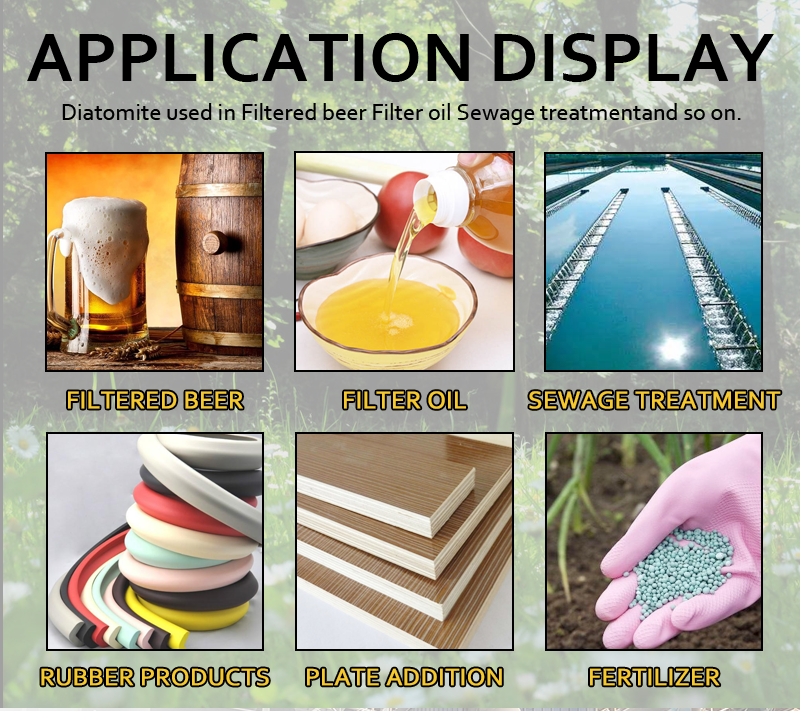For the diatomaceous earth selected for diatomaceous mud, it may be obtained directly through physical beneficiation, cleaning, etc., with a relatively lower whiteness and a higher surface activity. However, its activity can also be increased through appropriate temperature and condition treatment. However, excessive calcination temperature can cause the disappearance of surface active sites and a decrease in specific surface area, making it difficult to use as a raw material for diatomaceous mud. Treatment below 100 ℃ can remove physically adsorbed water, while treatment between 100 ℃ and 500 ℃ can remove surface hydroxyl water and adsorbed organic matter.
So, judging whether it is suitable as a raw material for diatomaceous mud based on whether it is calcined or not is somewhat one-sided. Whether it is suitable as a raw material for diatomaceous mud should be determined by factors such as whiteness, specific surface area, pore size distribution, and surface activity.
Jilin Yuantong Mining Co., Ltd. Technology Center currently has 42 employees, including 18 senior and intermediate professional technical personnel engaged in the development and research of diatomaceous earth. It also has more than 20 sets of advanced specialized testing instruments for diatomaceous earth at home and abroad. The testing items include the crystal silicon content, SiO2, A12O3, Fe2O3, TiO2 and other chemical components of diatomaceous earth products; Product particle distribution, whiteness, permeability, cake density, sieve residue, etc; Detection of trace heavy metal elements such as lead and arsenic, as well as soluble iron ions, soluble aluminum ions, and pH values required for food safety.
Main use:
Industries such as pesticides, fertilizers, coatings, plastics, rubber, toothpaste, abrasives, cosmetics, ceramics, polishing materials, centrifugal casting pipe release agents, etc
Manufacturing Description:
This product uses high-quality diatomaceous earth ore with SiO2 greater than 85%, which is dried, crushed, and pre sorted. It is then calcined in a dynamic rotary kiln at a temperature between 850-1150 degrees Celsius, with some co solvents added during the calcination process. After calcination, a grading and sorting machine is used for fine sorting, followed by a later stage of fine sorting processing using an airflow crusher and a grading machine. After passing the quality inspection by the quality inspector, it is stored in the warehouse.
Storage conditions:
When storing, it should be rainproof, moisture-proof, sun proof, and corrosion-proof. When stacking products, they should not be directly in contact with the ground and should be stacked on pallets or moisture-proof felt boards. The stacking height cannot exceed 30 layers.
Transportation precautions:
During transportation, it is important to prevent rain and avoid transportation with contaminated,  corrosive, or sharp metal objects. During loading and unloading, handle with care, do not throw directly from a high place, and do not use iron hooks or other hard objects to lift and ensure that the outer packaging is intact and undamaged.
corrosive, or sharp metal objects. During loading and unloading, handle with care, do not throw directly from a high place, and do not use iron hooks or other hard objects to lift and ensure that the outer packaging is intact and undamaged.
Post time: May-13-2024

